As of late, we highlighted our journey to secure Global Organic Textile Standard Certification, otherwise known as GOTS on four of our SB Eco Series inks. However, along the way we realized Inkcups products have passed so many other notable compliance tests over the years. This new blog series “Call to Compliance” will highlight a different product, what compliance testing it passes, and what that compliance testing entails.
To kick off the series, we will look at MagiCoat™ Parts A and B, which pass the following compliance requirements:
- The voluntary extractable lead and cadmium requirements of the lip and rim area of the U.S. Society of Glass and Ceramic Decorators (SGCD)
- The Lead and Cadmium requirements of the CA Proposition 65 Health and Safety Code, “Safe Drinking Water and Toxic Enforcement Act”, Section CGC-05-440811, set forth by the Superior Court of California, City and County of San Francisco
- The heavy metals content analysis for heavy metals content in surface coating requirements of ASTM F963-17, “Standard Consumer Safety Specification for Toy Safety,” Section 4.3
- The total lead content of 90ppm requirements of 16 CFR 1303, “Ban of lead-containing paint and certain consumer products bearing lead-containing paint” mandated by Congress in section 101(f) of the Consumer Products Safety Improvement Act (CPSIA) of 2008, Public Law 110-314
- Polycyclic aromatic hydrocarbons (PAHs) for GS certification
- Volatile Organic Compounds
Those six bullet points above are different sectors of compliance requirements for two areas: Lip and Rim Testing and Heavy Metals Testing, as well as Volatile and Semi Volatile Organic Compounds Testing.
Getting Started: Decorated Glass Trends
Think back to the last time you saw an undecorated glass? Perhaps it was at an upscale restaurant or a home with modern aesthetic. However, in our daily lives we add small pops of pizzazz and color to sprinkle small moments of happiness throughout the day. What motivated you to purchase a pint glass from a brewery you visited over summer vacation? In a way, the commemorative glass freezes the memory to look fondly back upon when everyday life resumes. Decorated glass and personalized glassware continue to dominate our kitchen shelves for good reason.
Do you ever consider what exactly is decorating your glass? Inkcups is. We are paying close attention what goes in and on your glasses. Since MagiCoat™ is a primer for glass drink AND it is sprayed on the outside of the entire glass surface, it’s important that the product meet a few compliance criteria.
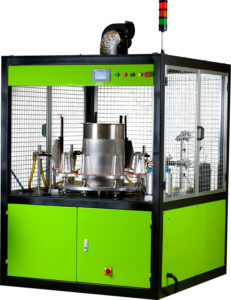
Let’s take a couple steps back, the MagiCoat™ Pre-Treatment System is a unit that pre-treats glass and other materials by utilizing a flame treatment system paired with a spraying system to administer spray-on-primers. Prior to starting the process MagiCoat™ liquid parts need to be mixed. The process then begins with the flame treatment to eliminate dust or debris from the glass, then the mixed MagiCoat™ primer is sprayed onto the glass right after the flame treatment. These two steps combined promote adhesion to glass and other substrates and ensures a glass to withstand up to 200 residential washes.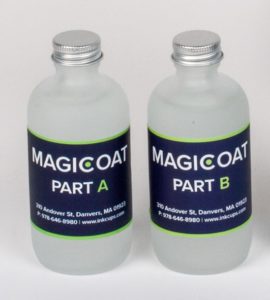
As far as compliance testing goes, we are going to take a closer look at the MagiCoat™ liquids. MagiCoat™ Part A and Part B proudly tests negative for Volatile Organic Compounds and meets the requirements set for Lip and Rim Testing. We will go further into detail about the two to follow.
Volatile Organic Compounds and Semi Volatile Organic Compounds
MagiCoat® is administered by spray onto a vessel. Since it’s sprayed into the air and auxiliary mist is created, it’s important that the product test negative for Volatile Organic Compounds (VOC). VOCs pose a concern as both indoor and outdoor pollutants: indoor as VOCs can adversely impact the health of those around them, and outdoor as VOCs can create a photochemical smog.
Examples of Volatile organic compounds are Formaldehyde, d-Limonene, toluene, acetone, ethanol (ethyl alcohol) 2-propanol (isopropyl alcohol), hexanal. Semi volatile organic compounds examples include: Pesticides (DDT, chlordane, plasticizers (phthalates), fire retardants (PCBs, PBB)).
We are pleased to announce that none of the VOCs or Polycyclic Aromatic Hydrocarbons (PAHs) were detected in MagiCoat™.
Lip and Rim Test
Since the glass is coated on all exterior surfaces, it’s important that the product is safe for humans to drink from. We test for all heavy metals which can be dangerous for humans to consume. The Lip and Rim Test is a standard test for those decorating the rim and lip area of glass tumblers. Within the testing requirements are set by two different groups for the levels of extractable lead and cadmium of the lip and rim areas of a glass, and MagiCoat™ meets both.
Compliance Testing Resources
On the Inkcups webpage visit our compliance documents. Simply visit Resources from the top of the page, then Compliance from the pull down. Here you can view all of the compliance documents much like the ones MagiCoat™ applies to. If you have any questions, please reach out to one of the members of our team here.
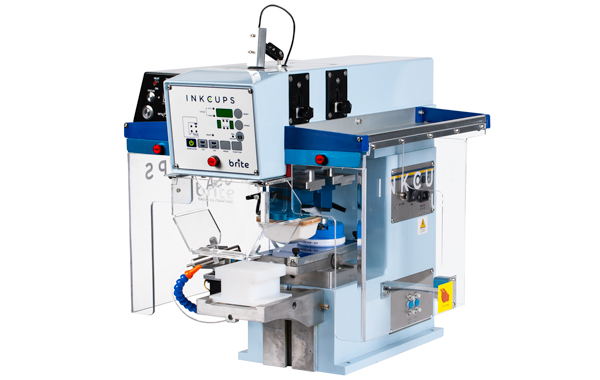 Tagless Printers
Tagless Printers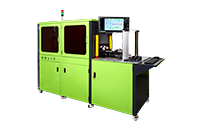 Cylindrical Inkjet Printers
Cylindrical Inkjet Printers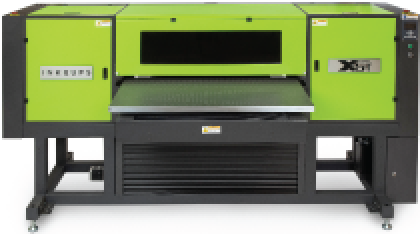 UV Flatbed Printers
UV Flatbed Printers Pad Printing Machines
Pad Printing Machines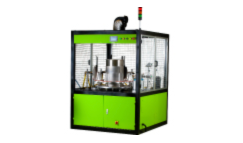 Pretreatment Systems
Pretreatment Systems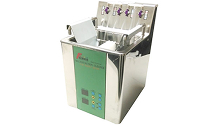 Inkjet Printing Auxiliary
Inkjet Printing Auxiliary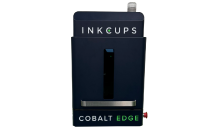 Laser Plate-Makers
Laser Plate-Makers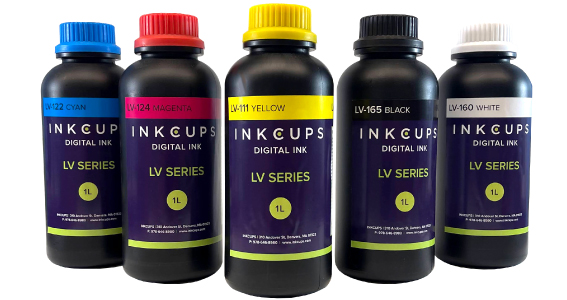 Inkjet Printing Supplies
Inkjet Printing Supplies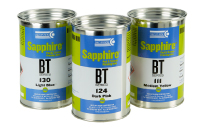 Pad Printing Supplies
Pad Printing Supplies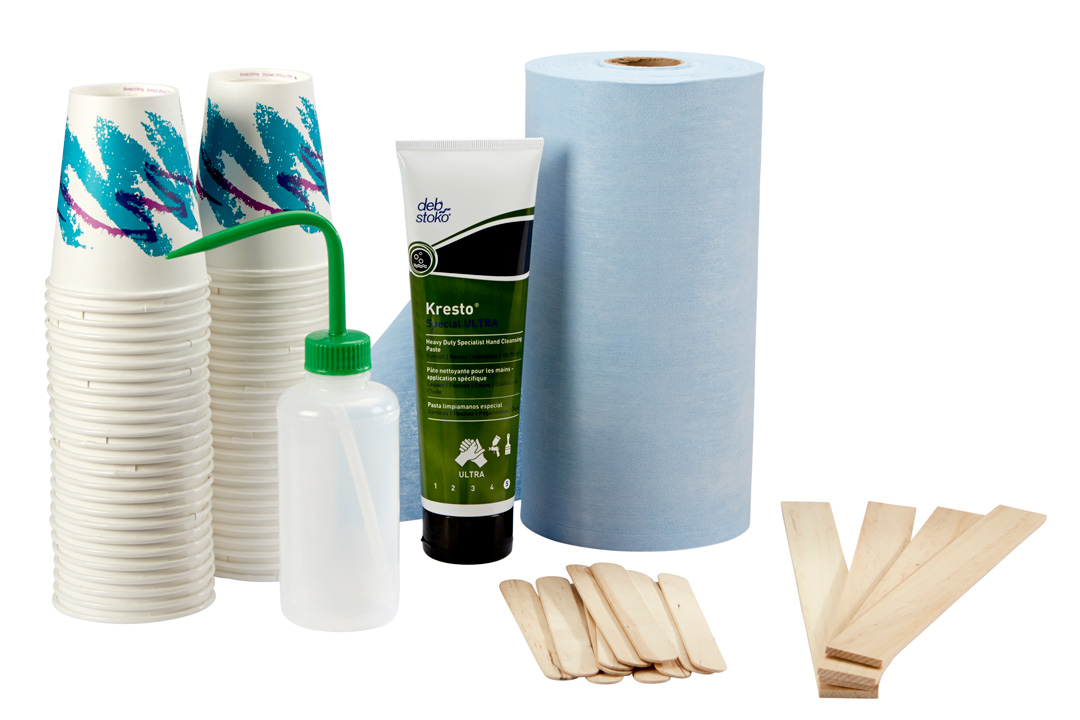 Tagless Supplies (tagless.inkcups.com)
Tagless Supplies (tagless.inkcups.com)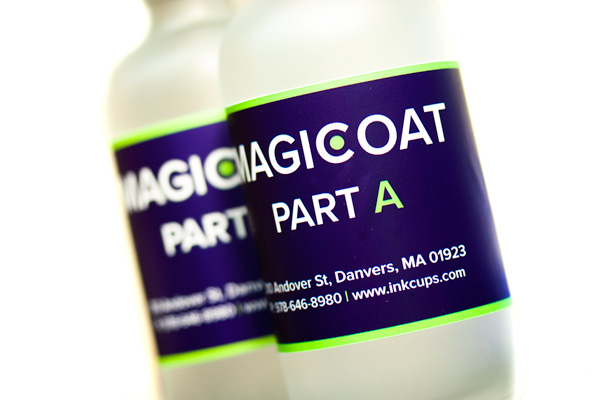


Add Your Comment